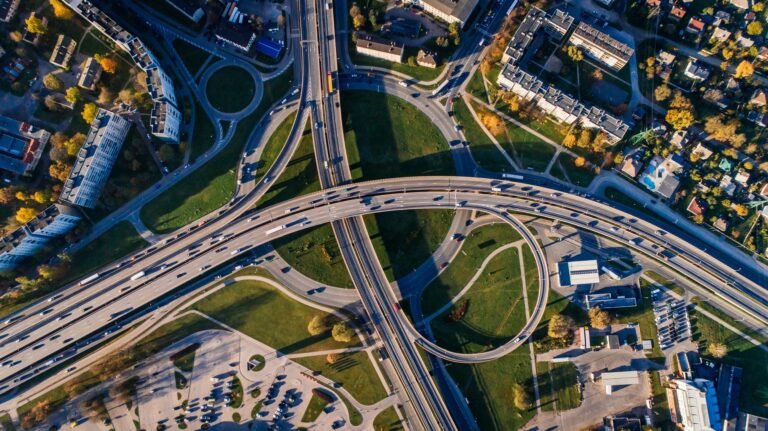What Is Infrastructure?
Infrastructure is defined as the basic physical systems of a business, region, or nation and often involves the production of public goods or production processes. Examples of infrastructure include transportation systems, communication networks, sewage, water, and school systems.1
Investments in infrastructure tend to be costly and capital-intensive, but vital to a region’s economic development and prosperity. Projects related to infrastructure improvements may be funded publicly, privately, or through public-private partnerships.
Key Takeaways
- Infrastructure is the basic facilities and system serving a country, region, or community.
- Examples of infrastructure include mass transit and telecommunications networks.
- Large-scale infrastructure is usually produced by the public sector and funded by tax revenue.
- Infrastructure can often be produced on a smaller scale by private firms or through local authorities.
- Infrastructure can be classified as soft or hard and both are essential to the economy and quality of life of a society.
:max_bytes(150000):strip_icc()/Investopedia_Infrastructure-3c22a20eac8c4f75928ba206be6c4c2f.jpg)
Understanding Infrastructure
The term infrastructure first appeared in the late 1880s, derived from French, with infra- meaning below and structure meaning building.2 Infrastructure can mean the foundation upon which the structure of an economy is built.
Infrastructure includes a variety of systems and structures where physical components are required such as the electrical grid across a city, state, or country. While the facilities, equipment, or similar physical assets like bridges and roads are essential to an economy, infrastructure also enables citizens to participate in the social and economic community and provides them with necessities such as food and water.
Because infrastructure often involves the production of either public goods or goods that lend themselves to production, it is typical to see public financing, control, supervision, or regulation of infrastructure. This usually takes the form of direct government production or production by a closely regulated, legally sanctioned entity. The first federally funded infrastructure project was the Cape Henry Lighthouse, built in 1792 at Virginia Beach, Virginia.3
Sometimes private companies choose to invest in a country’s infrastructure development as part of a business expansion effort. For example, an energy company may build pipelines and railways in a country where it wants to refine petroleum and this investment can benefit both the company and the country.
Individuals may also choose to fund improvements to certain pieces of public infrastructure. For example, an individual may fund improvements to hospitals, schools, or local law enforcement efforts.


